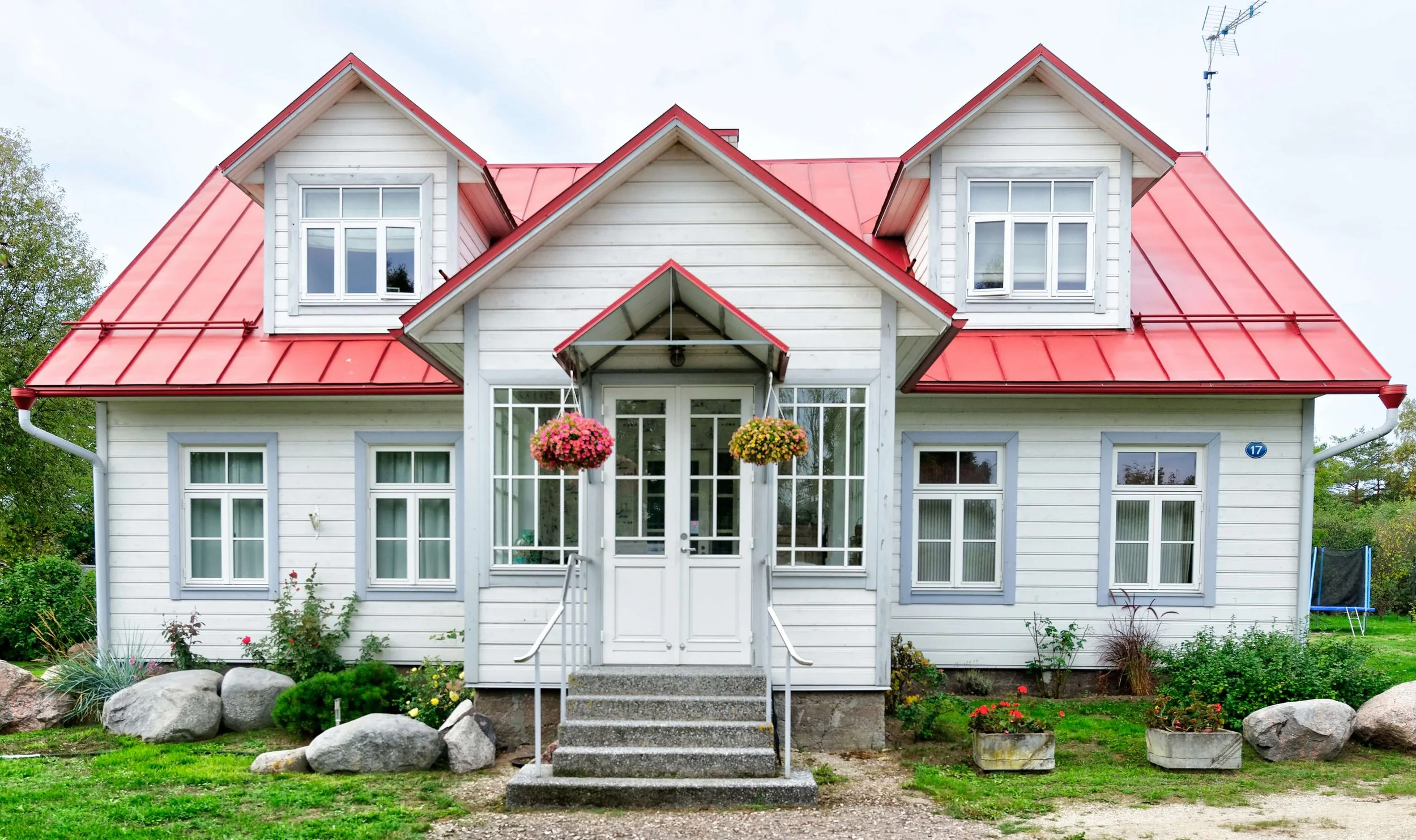Divorcing a Partner with Hoarding Disorder: What to Expect and How Therapy Can Help
“I Love Them, But I Can’t Live Like This”: When Hoarding Becomes Too Much for the Relationship
Let’s talk about something that doesn’t come up often enough: what it’s like to be in a relationship with someone who struggles with hoarding—and what happens when you reach your limit.
If you’ve found yourself overwhelmed by the clutter, emotionally shut down, or quietly wondering, “Is it okay if I want to leave?”—you’re not a bad person. You’re someone who's been carrying a lot for a long time. And it’s okay to say that out loud.
Whether you’re still trying to make things work or you’ve already decided to separate, this post is for you. No judgment. Just clarity, validation, and hopefully a little relief.
What Is Hoarding Disorder—Really?
This isn’t about being messy. Hoarding disorder is a mental health condition that makes it difficult for someone to part with items—even things that seem meaningless to others.
People with hoarding disorder often feel intense anxiety at the idea of throwing something away. Over time, the stuff piles up. Rooms become unusable. Spaces that once felt like home start to feel overwhelming, even unsafe.
And if you live with that person? You’re not just tripping over boxes—you’re navigating a daily emotional maze. And that takes a toll.
How Hoarding Affects Relationships
Here’s what I often hear from partners of people with a hoarding disorder:
“I’ve tried everything to help them, and nothing changes.”
“I feel like I don’t even have a home anymore.”
“I love them—but I don’t feel safe or seen.”
If that sounds familiar, you’re not alone. Hoarding disorder can create strain on relationships. It can erode emotional intimacy, increase conflict, and sometimes lead to resentment, burnout, or even depression.
It’s common to feel stuck between wanting to support your partner and realizing that you can’t live like this forever.
Thinking About Divorce? You’re Not Selfish
There’s this idea that walking away means giving up—but I want to challenge that. Leaving a relationship that’s harming your mental health isn’t selfish. It’s self-preserving.
If you’ve been living with a hoarding disorder in your relationship, you’ve likely:
Tried to clean or declutter (only to be met with panic or anger)
Avoided having guests over out of embarrassment
Felt more like a caretaker than a partner
Lost access to shared spaces—physically and emotionally
And let’s be honest: only so much a person can carry. You can care deeply for someone and still reach a point where staying isn’t sustainable anymore.
If You’re Divorcing Someone With Hoarding Disorder…
Here are a few things to consider:
1. Understand It’s a Mental Health Condition
This doesn’t excuse the behavior, but it does help explain it. Hoarding is often tied to trauma, anxiety, or obsessive-compulsive patterns. Your partner isn’t just being difficult. They’re struggling with something bigger than clutter.
If you’re looking for empathy as you move forward, learning more about hoarding can help. This article is a good place to start.
2. Your Safety Comes First
If the home has become unsafe—blocked exits, fire hazards, mold, or structural damage—that matters. And if kids are involved, it matters even more.
These conditions can impact custody decisions in Texas (and many other states). If you’re worried about safety, it’s okay to document concerns and talk to a family law attorney. Here’s one example of how that might play out.
3. Dividing Property Might Be Extra Complicated
Hoarding often means that items are mixed, lost, or damaged. Even figuring out what’s “yours” can feel impossible.
A therapist can help with the emotional side of this. A legal professional can help with the logistics. This resource offers some compassionate suggestions.
Still Not Sure if You Should Stay or Go?
That’s okay.
You might not be ready to leave. You might feel guilty for even thinking about it. Or maybe you’re hanging on to the hope that therapy, time, or a breakthrough will change things.
If you’re in that in-between space, you might try:
Setting small, clear boundaries (like keeping one room clutter-free)
Working with a couples therapist who understands hoarding
Getting individual support to sort through your emotions
Researching trauma-informed approaches to hoarding
Talking to trusted people who won’t judge you
There’s no shame in trying to make it work. And there’s no shame in deciding you can’t.
What Therapy Can Offer — Even in Divorce
Whether you’re staying or leaving, a therapist can help you:
Process feelings of guilt, anger, grief, or confusion
Navigate tough conversations about boundaries or separation
Explore the emotional dynamics of “caretaking” versus partnership
Reconnect with your own identity outside of the relationship
Move forward with compassion—for yourself and your partner
Sometimes, therapy can even be where both partners begin to see things more clearly. It’s not about placing blame—it’s about understanding the patterns, the pain, and what comes next.
You Deserve a Life That Feels Like Yours Again
This isn’t just about clutter. It’s about feeling emotionally buried under someone else’s pain and realizing you’ve lost sight of yourself.
You’re allowed to want peace. You’re allowed to enjoy a home that feels safe and breathable. You’re allowed to choose for yourself.
And if you’re in Texas and need support navigating the emotional aftermath of hoarding, divorce, or burnout—I’m here. I offer virtual counseling for individuals and couples who want clarity, healing, and a path forward that doesn’t feel so heavy.

